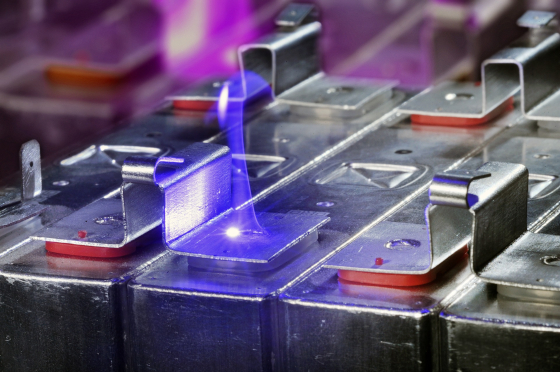Fraunhofer ILT is developing new concepts for the packaging of power electronics, for battery technology and for the construction of drive systems to meet the various requirements of e-mobility. Here, it is focused on improving laser-based processes for the production of battery modules and battery packs; in these processes individual cells are optimally interconnected to each other for performance and energy.
Here, it is focused on improving laser-based processes for the production of battery modules and battery packs in order to optimally connect individual cells in terms of performance and energy. ILT researchers are supporting e-mobility in several core topics, the construction, process development and design of production systems for batteries and power modules.
 Fraunhofer Institute for Laser Technology ILT
Fraunhofer Institute for Laser Technology ILT